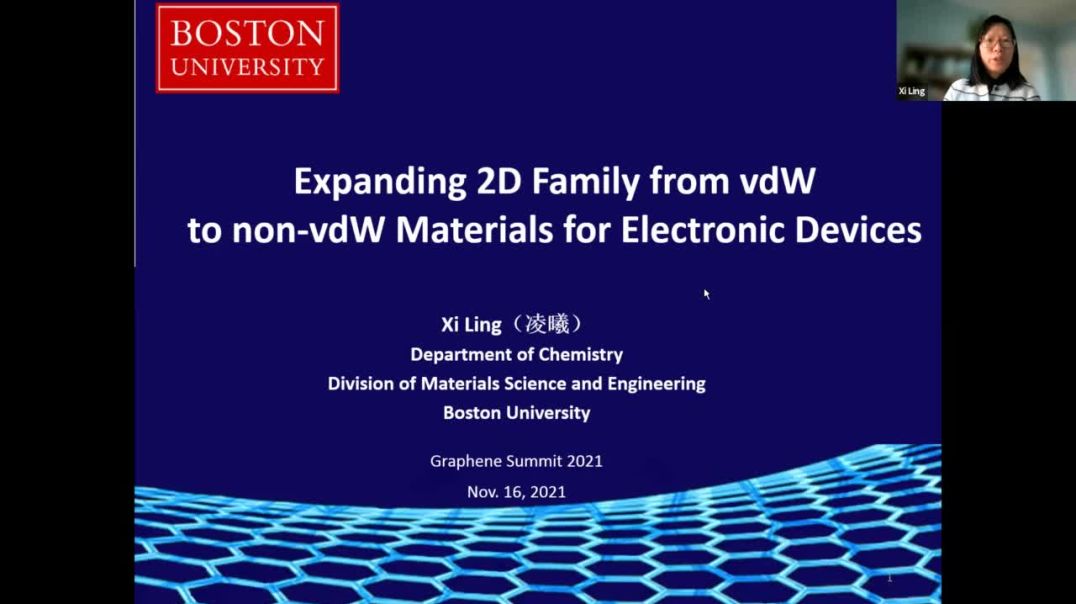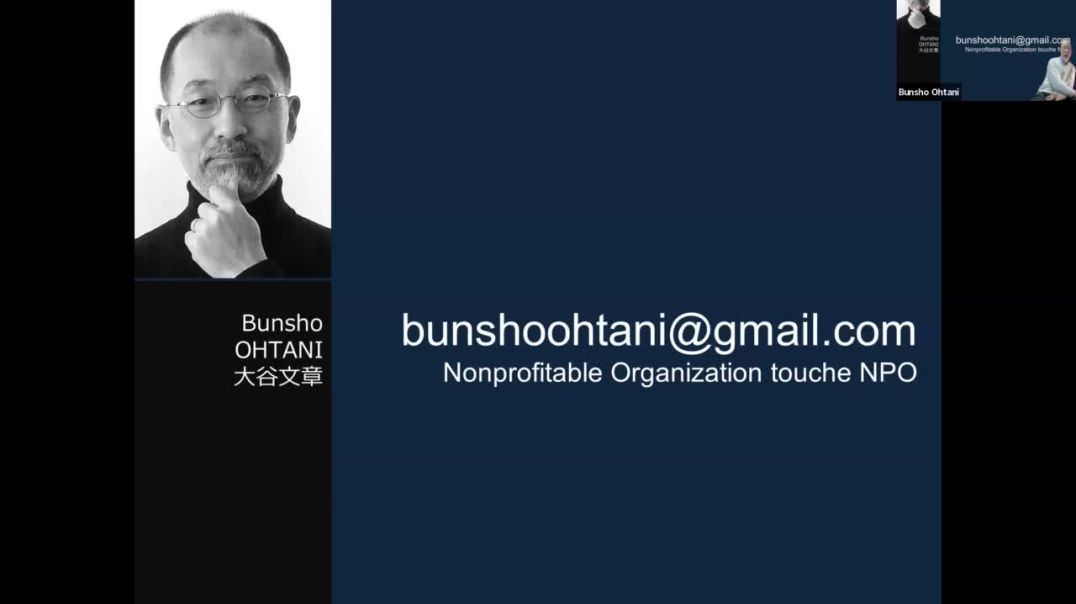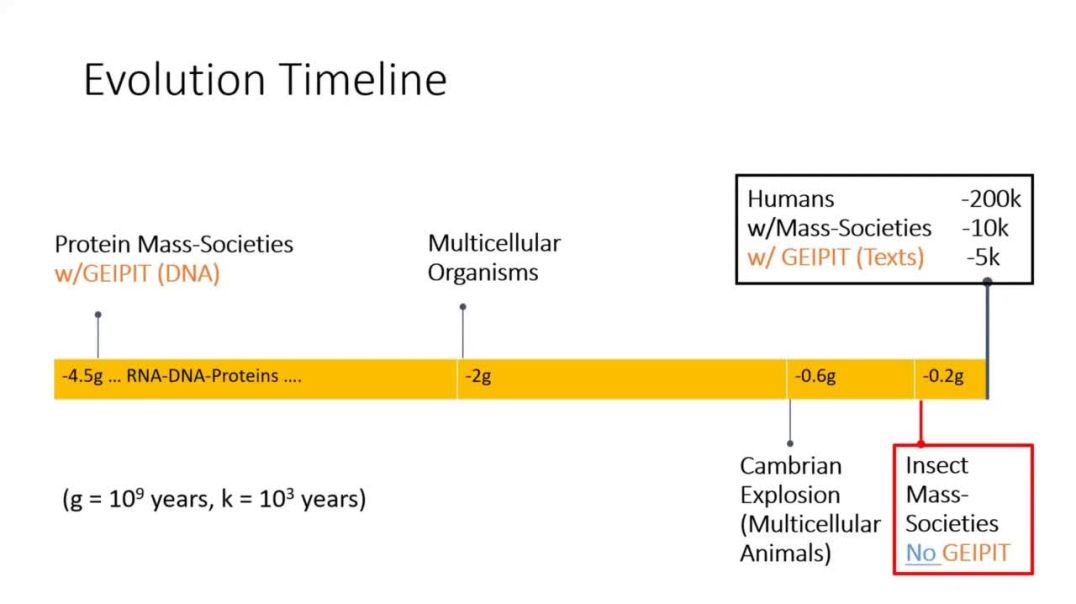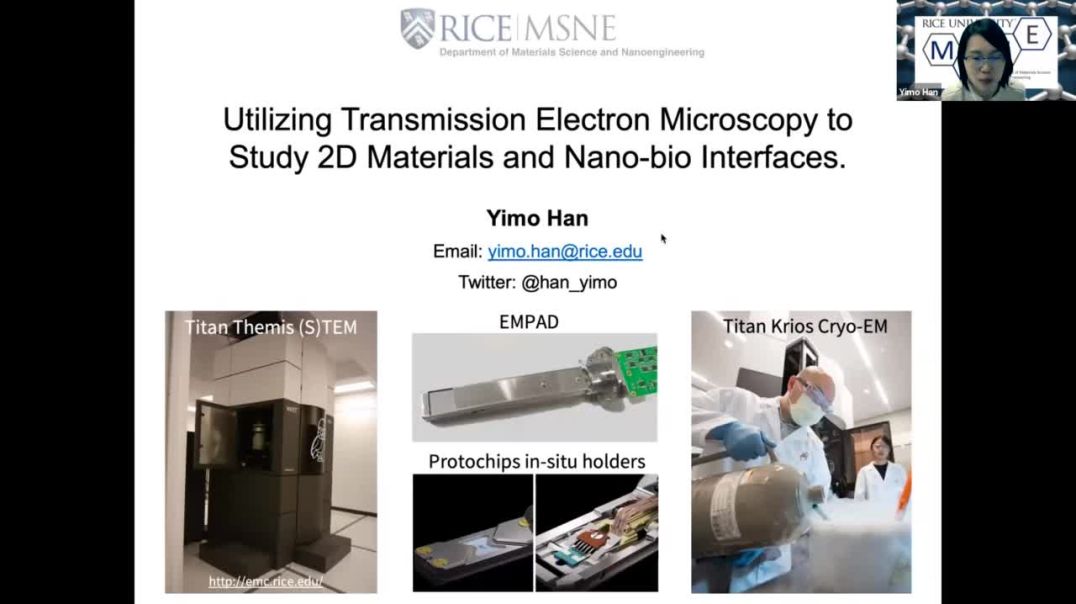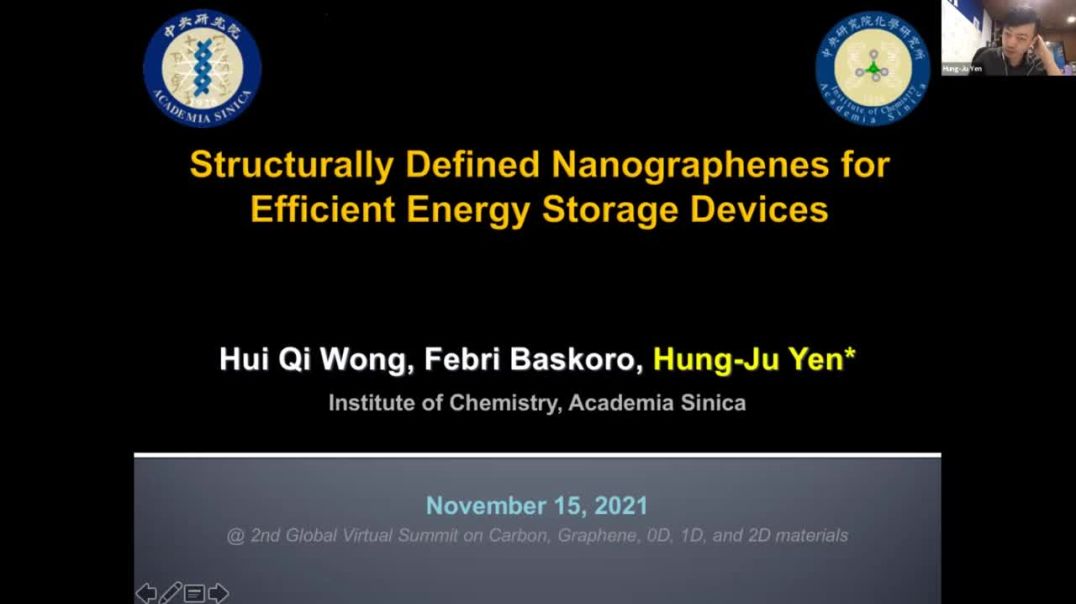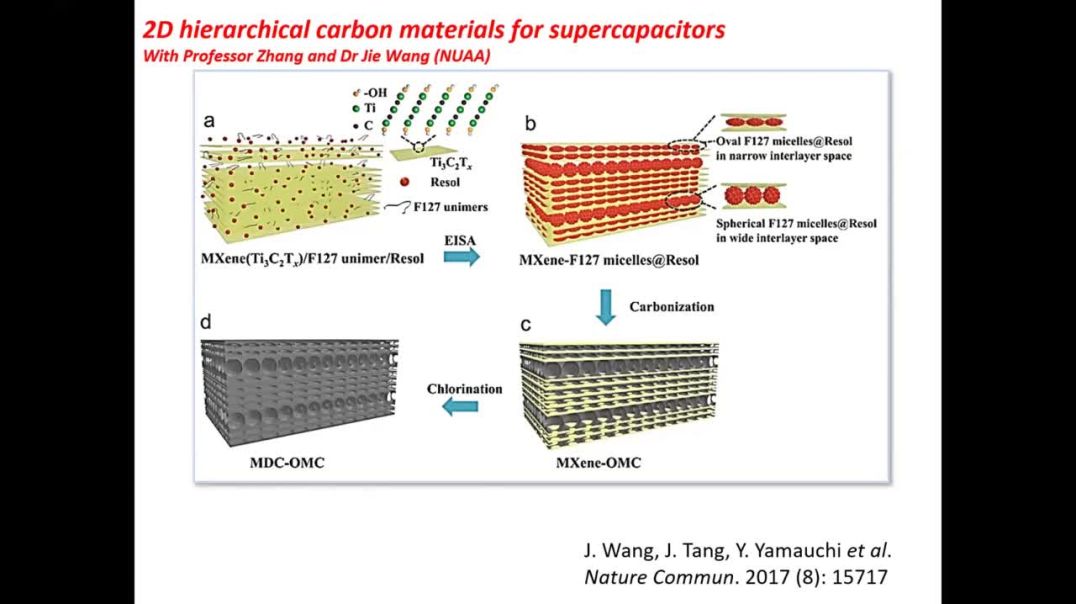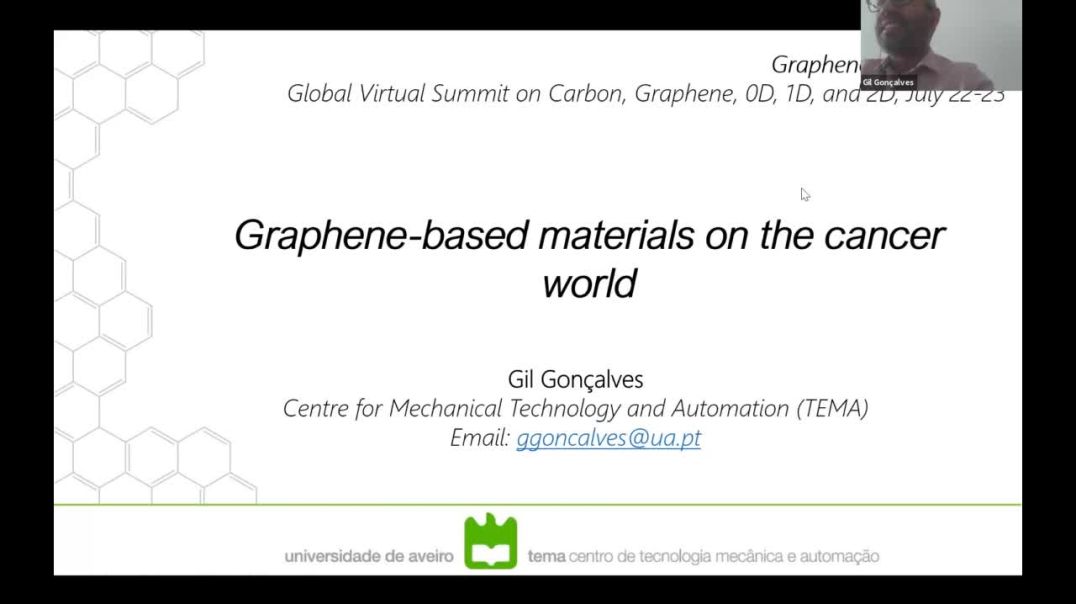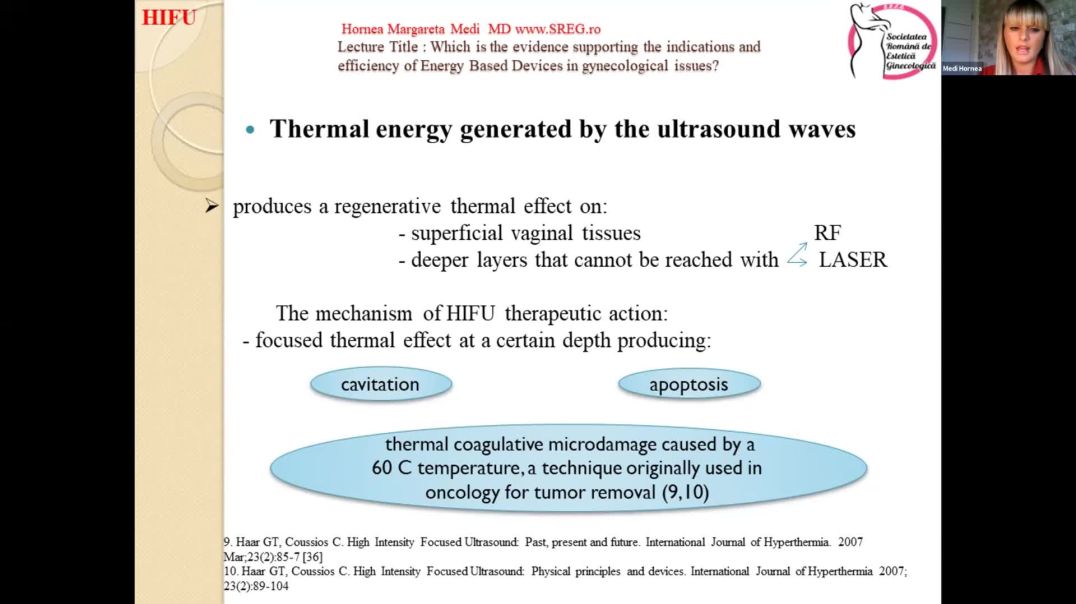Expanding 2D Family from vdW to non-vdW Materials for Electronic Devices | Xi Ling
Summary :
Atomically thin crystals (also known as twodimensional (2D) materials) have been considered potential candidates to expand the forefront of semiconductor technology, towards or potentially beyond Moore’s law, due to their unprecedented properties. Conventionally, single layers of van der Waals (vdW) bulk materials (e.g. graphite) serve as the source of 2D materials (e.g. graphene). Recently, the 2D family are expanding to the atomically thin crystals of materials whose bulk are atomically bonded in three-dimensional (3D) modes, such as metal nitrides and oxides. Because of the lack of vdW gap in their bulk, their synthesis remains a great challenge with conventional synthetic strategies. In the first part of my talk, I will introduce our work on the chemical vapor deposition of vdW MoS2 monolayers and related structures, with particular focus on the arbitrary patterns of MoS2 monolayer and the lateral heterostructures with other 2D materials (e.g. graphene). The second part will concentrate on our recent work on expanding the 2D family by synthesizing non-vdW metal nitrides and oxides through chemical conversion strategy. Their potential roles in enhancing the device performances will also be discussed.
About Author :
Xi Ling is an assistant professor of Chemistry and Materials Science & Engineering at Boston University. She earned a Ph.D. in Physical Chemistry at Peking University and a B.S. in Chemistry from Lanzhou University. She was a postdoctoral associate with Mildred Dresselhaus at Massachusetts Institute of Technology (MIT). Dr. Ling leads an interdisciplinary research group focused on the fundamental science and applications of nanomaterials and their hybrid structures. Her work has been recognized through the reception of awards including NSF CAREER award (2020), BU Ignition award (2020), the Materials Science and Engineering Innovation award from Boston University (2017), the University Provost’s Career Development Professorship award at Boston University (2017), and the EECS rising star from MIT (2015).
